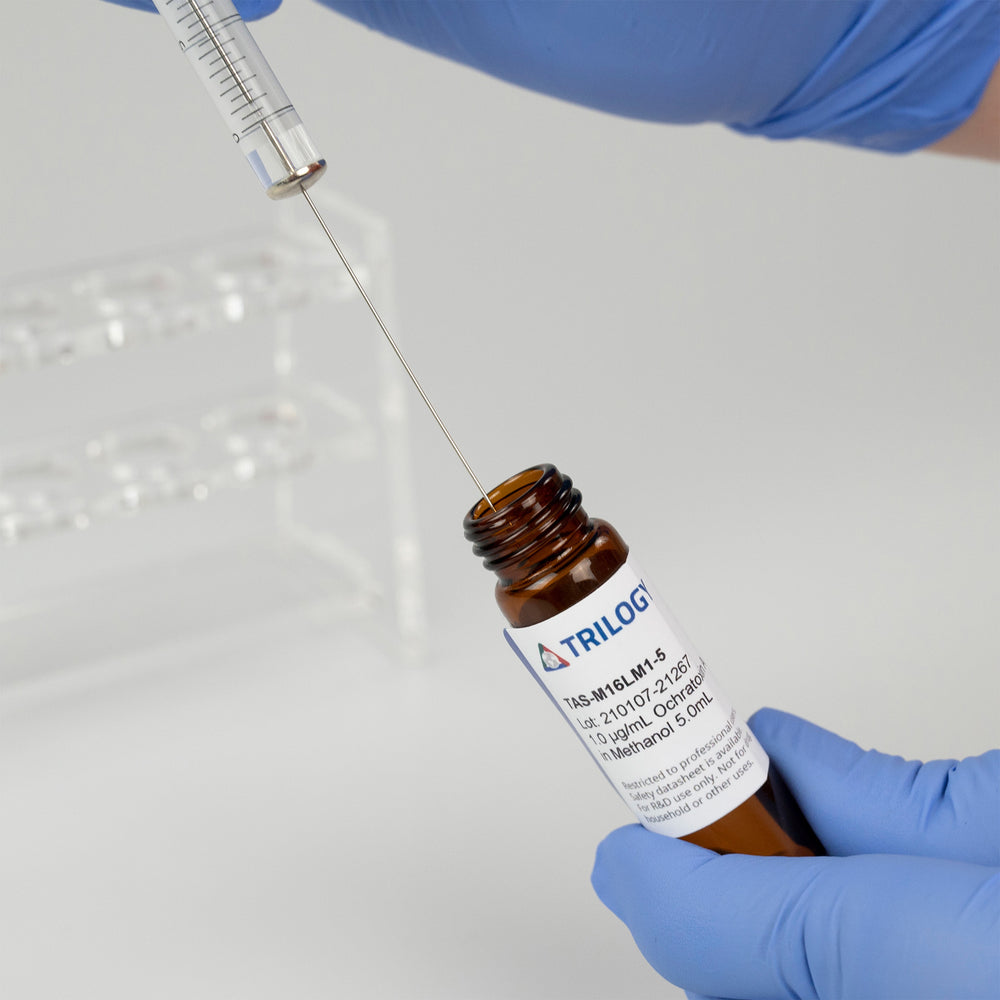Welcome Summer Solstice
Jenny Rodgers
June 21, 2023

June 21, 2023 marks the summer solstice.
The summer solstice (in the Northern Hemisphere) marks the official beginning of the summer season. During the summer solstice, the tilt of the Earth's axis is at its maximum, with the North Pole leaning directly towards the Sun. As a result, the Sun reaches its highest position in the sky, appearing at its highest point at noon. This creates the longest period of daylight and the shortest period of darkness for the year.
The term "solstice" comes from the Latin words "sol" (meaning Sun) and "sistere" (meaning to stand still).
It refers to the apparent motion of the Sun, which seems to pause at its highest point in the sky before reversing its direction and starting its gradual descent towards the winter solstice.
The summer solstice also has scientific importance, as it affects the Earth's climate and weather patterns. The increased exposure to sunlight during this time contributes to warmer temperatures in the Northern Hemisphere, leading to the summer season.
The significance of the summer solstice and its impact on crop growth and the agricultural calendar leading into the summer season plays a crucial role within the global food supply. Understanding the significance of the solstice allows for informed decision making to support sustainable agriculture and to meet the growing demands of the global population.
- Optimal growing conditions: The summer solstice marks the transition from spring to summer, bringing with it the combination of longer days, increased sunlight, and warmer temperatures enabling crops to reach maturity, flower, and fruit during this season as well as enhancing yield potential.
- Agricultural calendar for planting and timing: Farmers often use the summer solstice as a reference point for determining the timing of planting and harvesting activities. By aligning their agricultural practices with the solstice, they aim to sow their crops early enough to benefit from the extended daylight and warmth, ensuring a longer growing season and maximizing yields.
- Seasonal crop selection: The summer solstice influences the choice of crops planted in different regions. Farmers consider the specific light and temperature requirements of various crops when planning their planting schedules. Crops that thrive in longer, warmer days are typically selected for planting during the summer season. This strategic crop selection ensures compatibility with the conditions provided by the solstice, optimizing the chances of a successful harvest.
- Global food trade: Many countries rely on the summer season to produce significant quantities of staple crops and commodities. The availability of abundant harvests during this period contributes to global food supplies, affecting both local consumption and international trade. The timing of harvests influenced by the summer solstice can impact market prices, storage, processing, and distribution of food globally.

Drought Conditions in parts of Europe and the US
The current climate conditions, as we say hello to the summer solstice and move into the summer growing season, are starting out with many areas throughout the midwest in the United States and the western Mediterranean area in Europe already reporting drought conditions with little to no rain reports. Soil conditions are certainly going to play into effect as the majority of corn in this drought effected area of the United States has been planted since about April and is now moving into the silking stage. The areas of most concern when looking at the current drought map will be Kansas and Nebraska and the key times during plant maturation that you don’t want to be affected by drought conditions are during the silking phase. When the corn stalk is silking it is very susceptible to mycotoxin formation and with this combination of climate conditions is certainly makes all the mycotoxin predictors look towards potential higher than normal Aflatoxin contamination.
While the weather also has the potential to boomerang and keep everyone on their toes, with these types of temperatures the main thing to keep in mind is to have a testing plan in place for Aflatoxin in grains (Aflatoxin B1/B2/G1/G2 + Total Aflatoxins) as well as be on the lookout for key indicators of Fumonisins (Fumonisin B1.B2.B3 + Total Fumonisins) if some of your fields are irrigated or turn wet with unexpected rains.
Aflatoxin and Fumonisin are mycotoxins that are formed from mold spores present in your fields, and combined with certain weather conditions and a food source (the carbohydrates in the field crops) the mold will metabolize and produce mycotoxins. The molds actively produce mycotoxins as part of their growth and survival strategies. Once mycotoxins are formed, they remain stable and can persist in food and feed for extended periods of time. While some mycotoxins may degrade or lose potency over time under certain conditions, this degradation is typically a slow process and can be influenced by factors such as temperature, humidity, exposure to light, and storage conditions. However, it is important to note that even degraded or partially metabolized mycotoxins can still pose health risks to humans and animals.
The best way of controlling mycotoxin contamination is to have a testing plan in place before a crisis happens. Know your testing options, be aware of which mycotoxins are of interest to your commodity, and how quickly you need results to be able to keep your operations moving during a crisis.

About Trilogy
Trilogy is a food and feed safety laboratory specializing in mycotoxins, mycotoxin binder analysis, biogenic amines and animal drug residue testing. Trilogy Analytical Laboratory opened its doors in 1999 when its founders recognized a need in the mycotoxin industry for quick result turn-around utilizing reliable reference methods provided in an analytical setting. One of the main pillars of Trilogy’s strategy is to operate using a comprehensive quality program that we can rely on to ensure performance parameters are met every single time. From this philosophy the Trilogy line of quality products was born with the mycotoxin industry in mind.
Media Contact: Lynette Hischier, l.hischier@trilogylab.com






